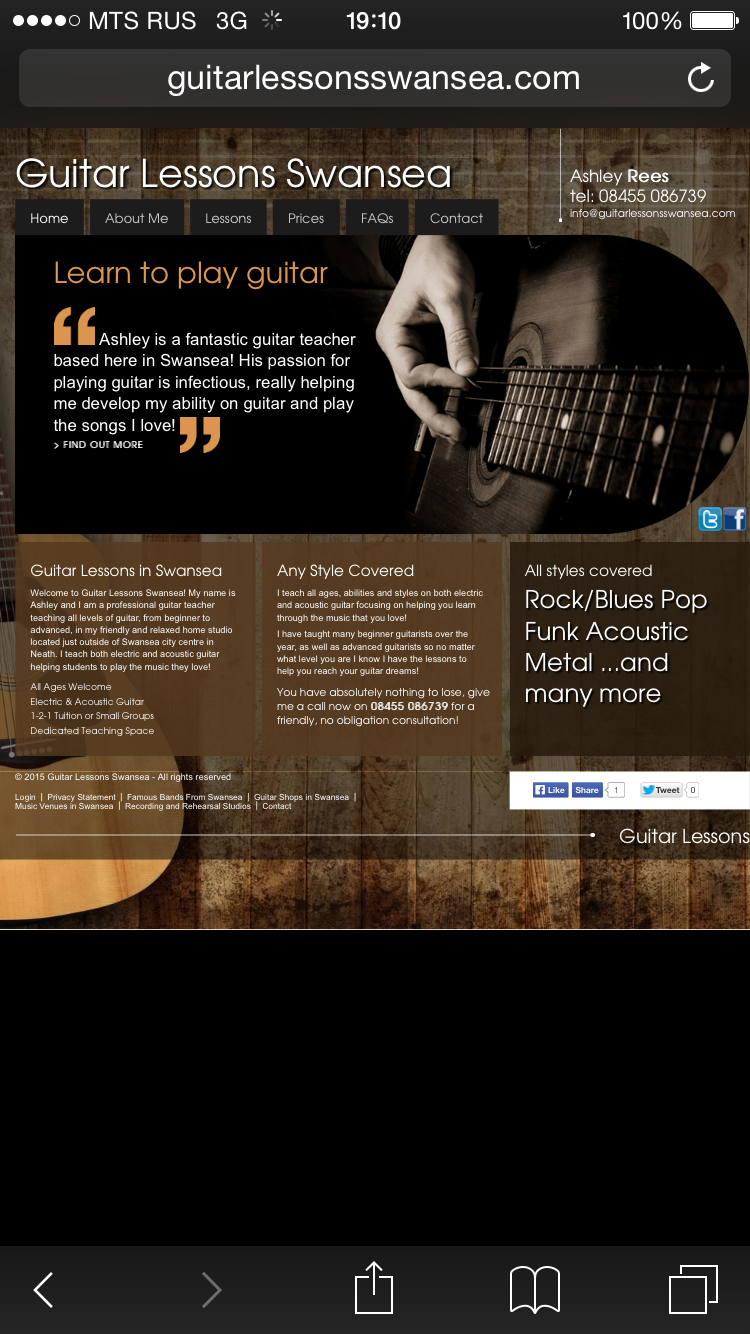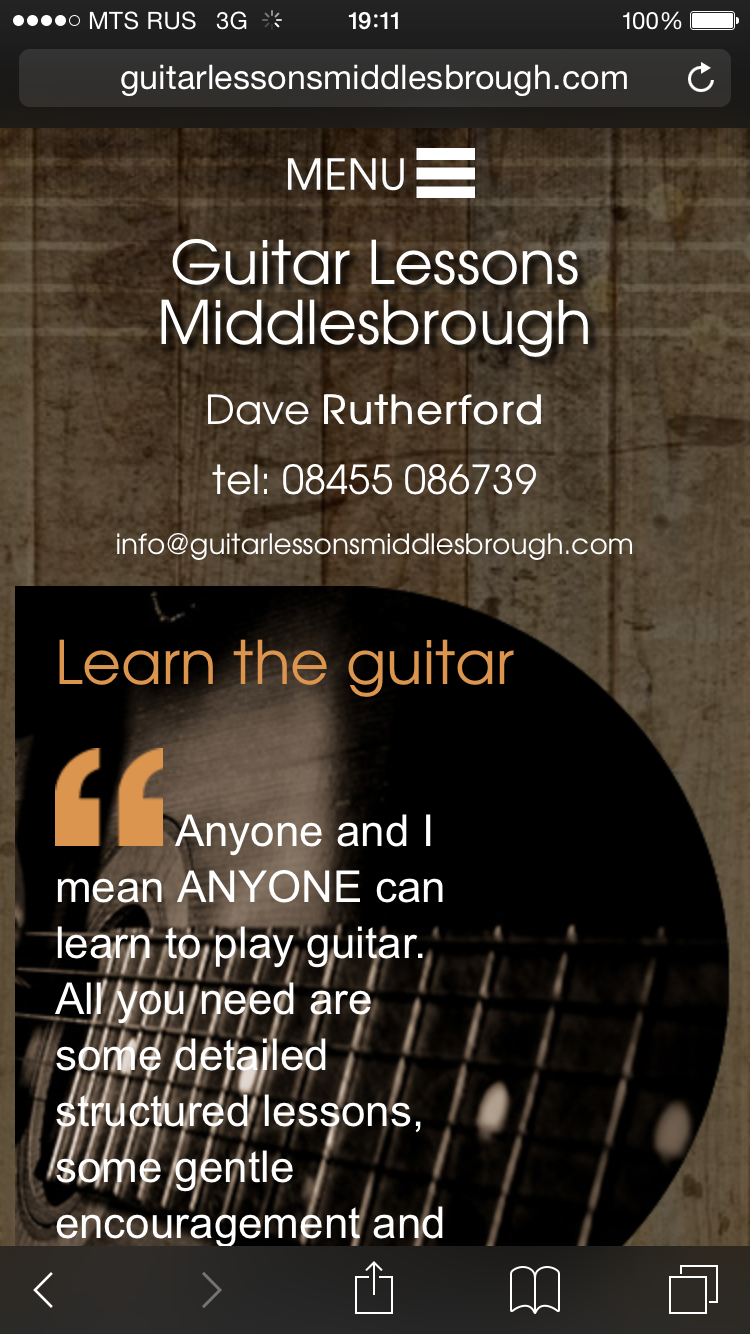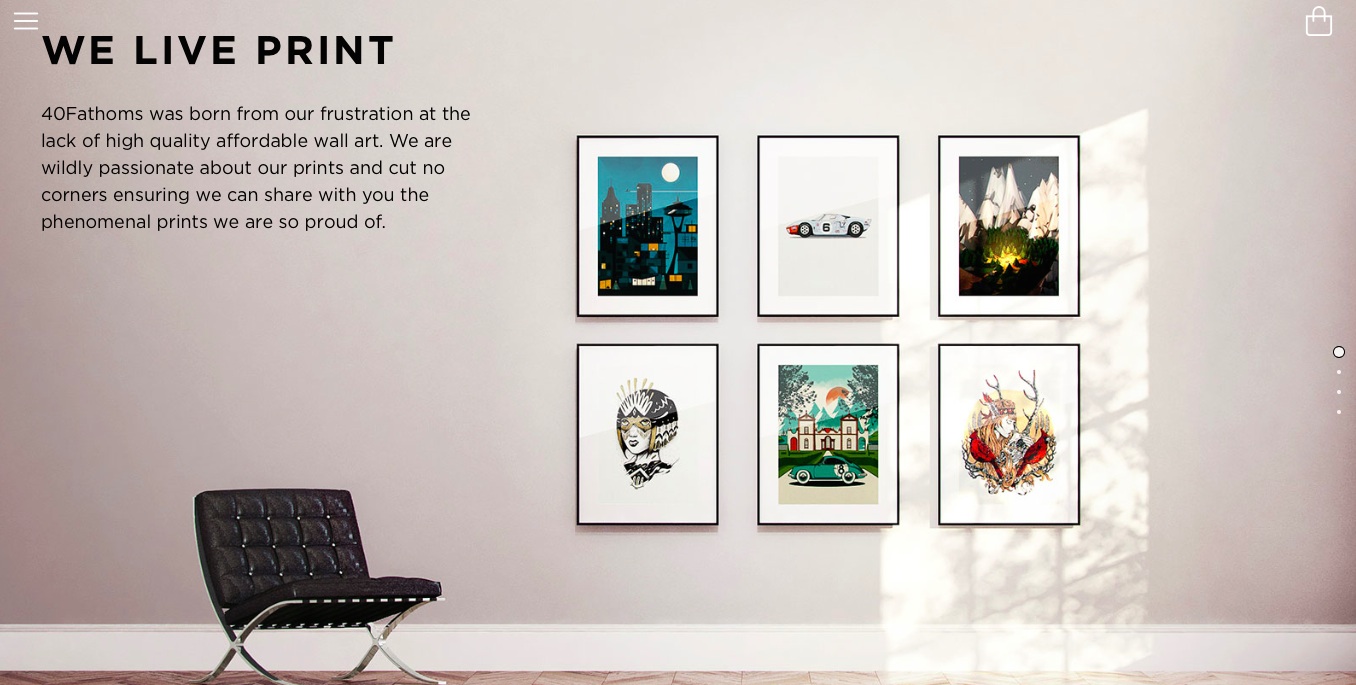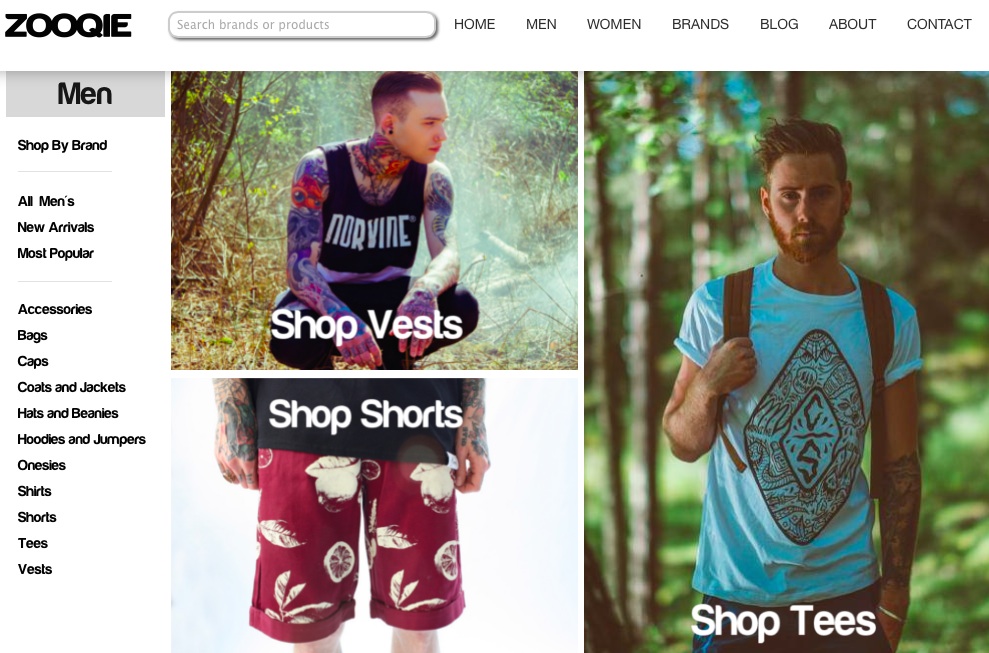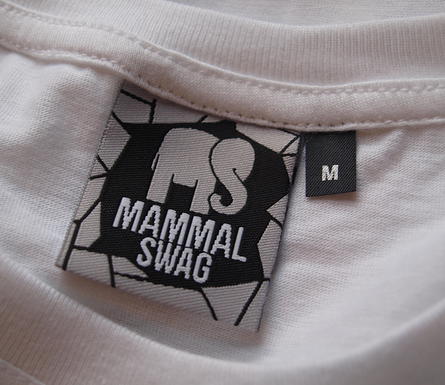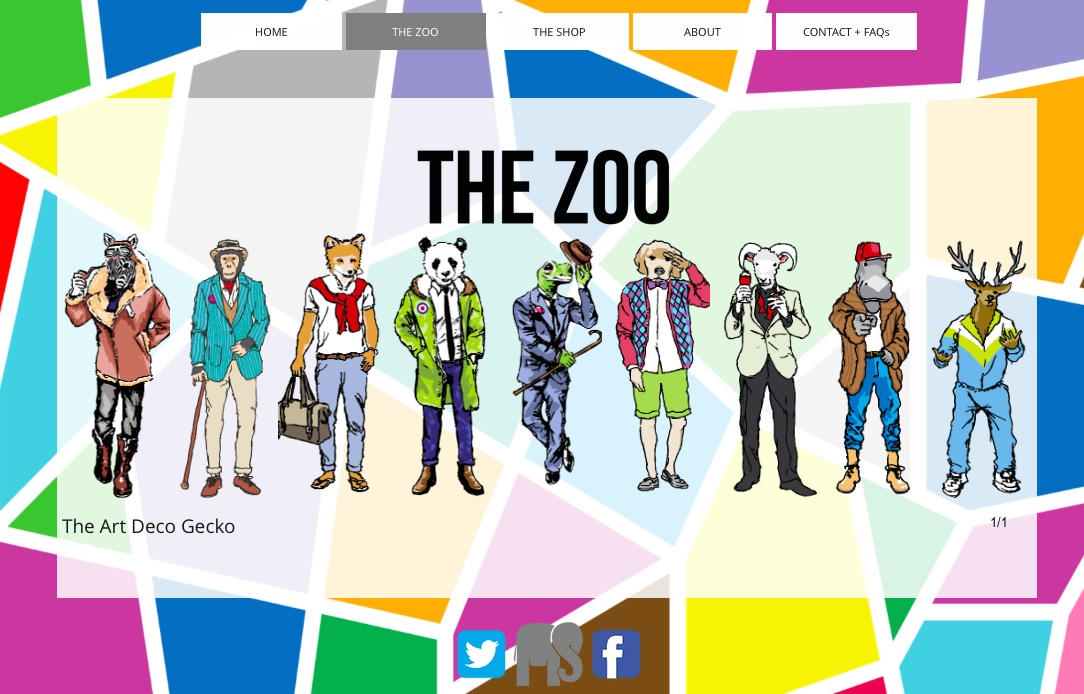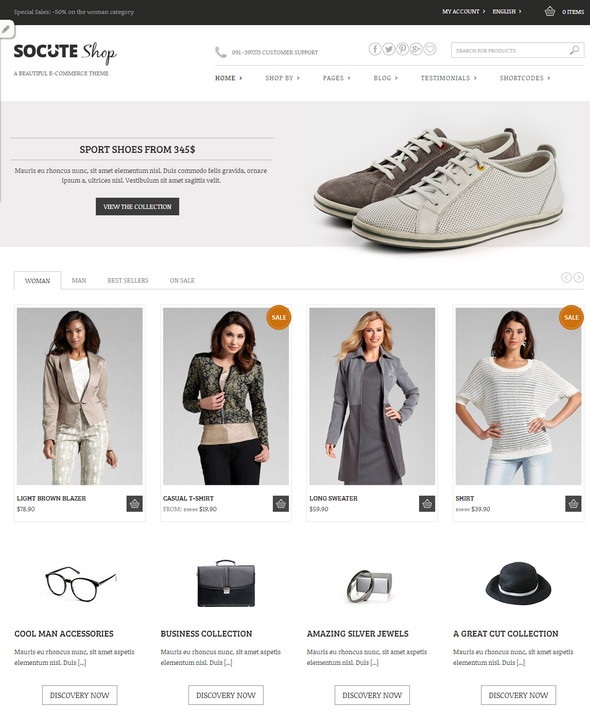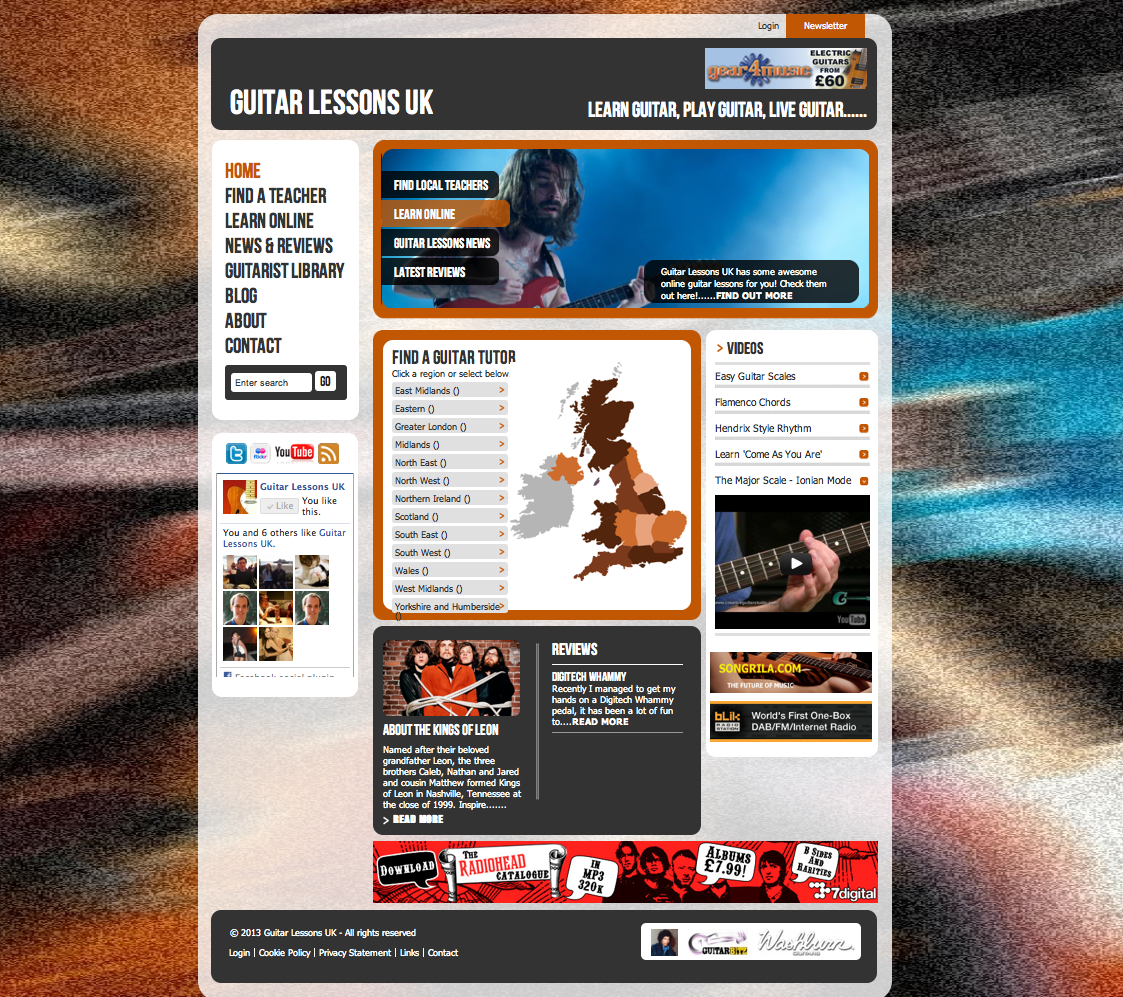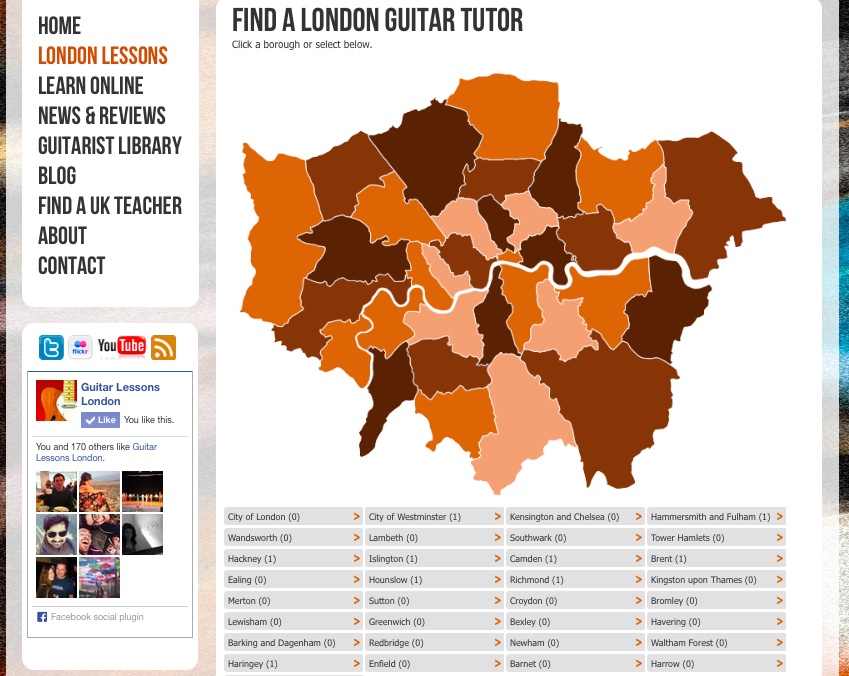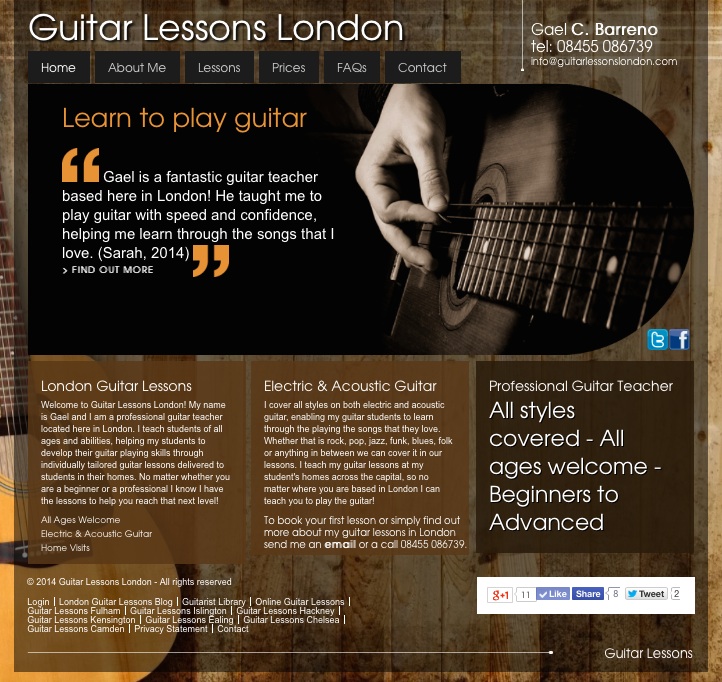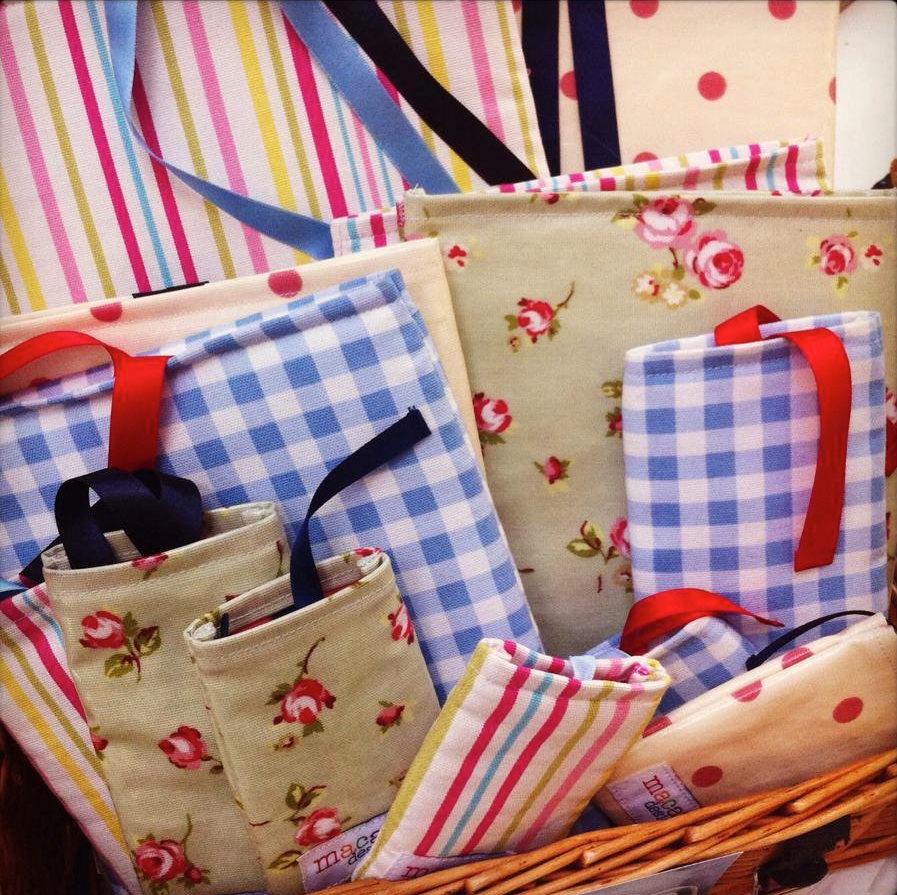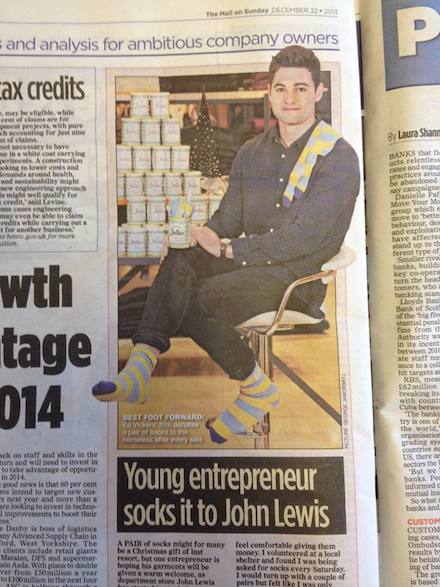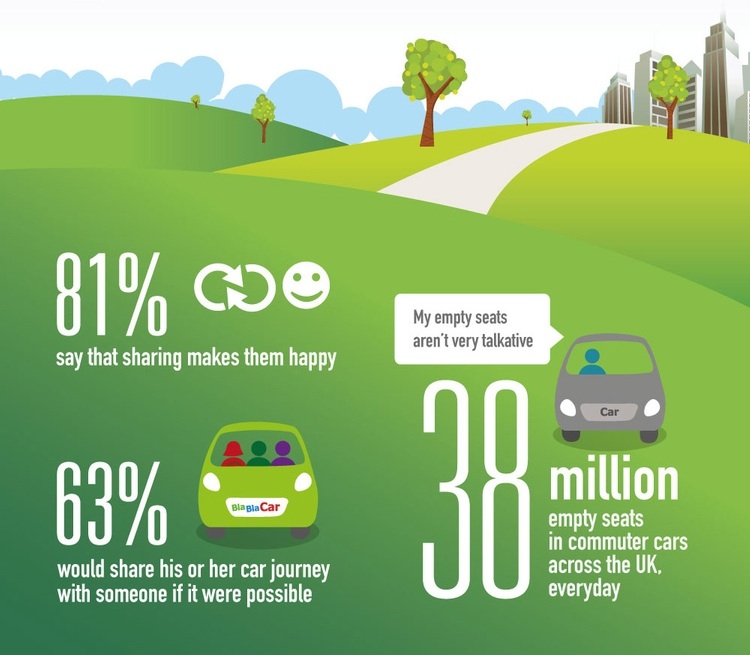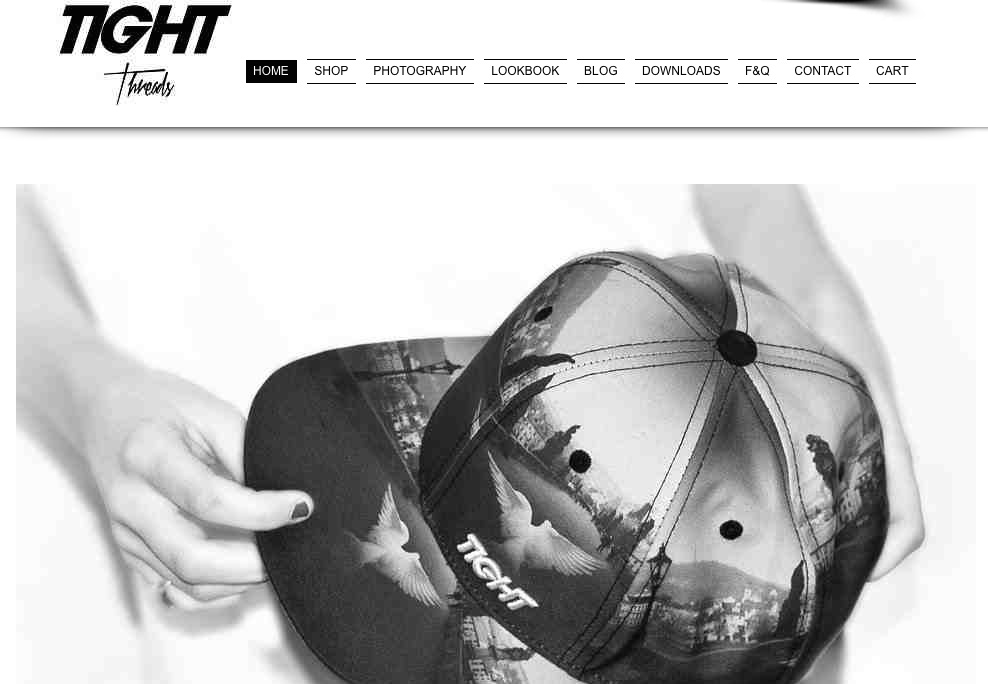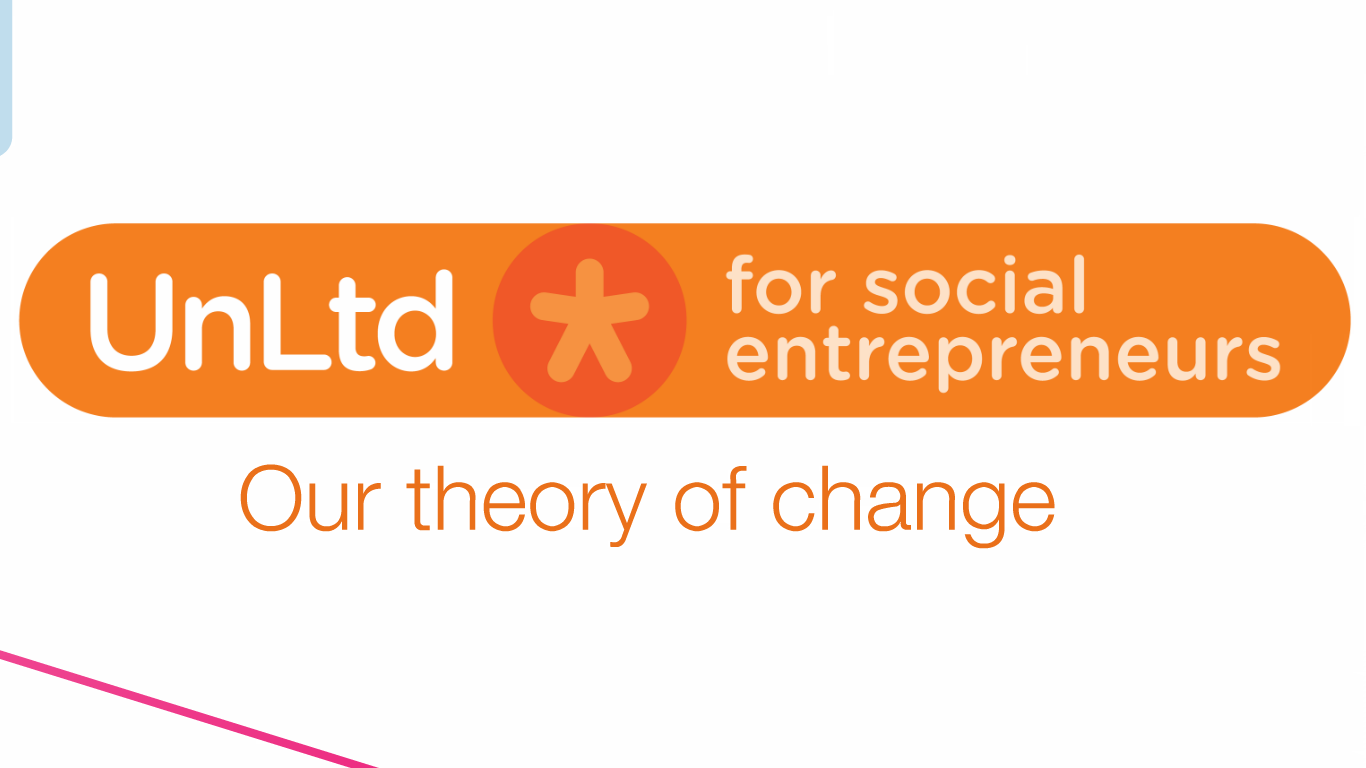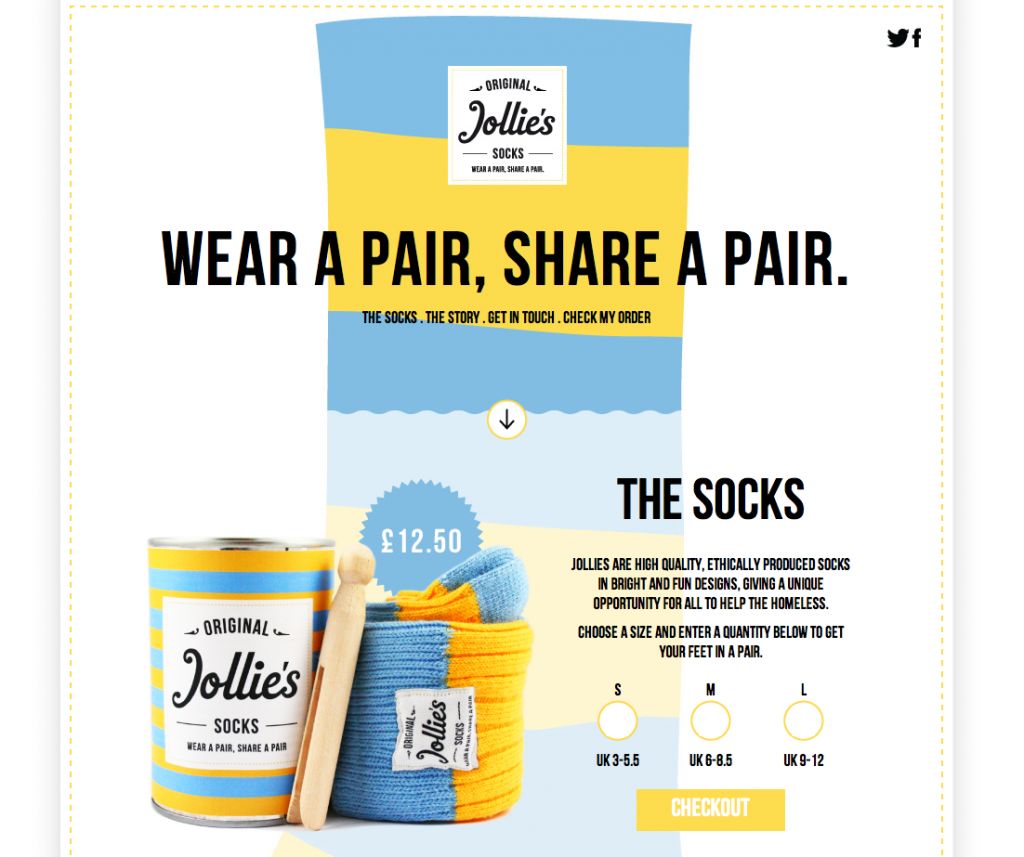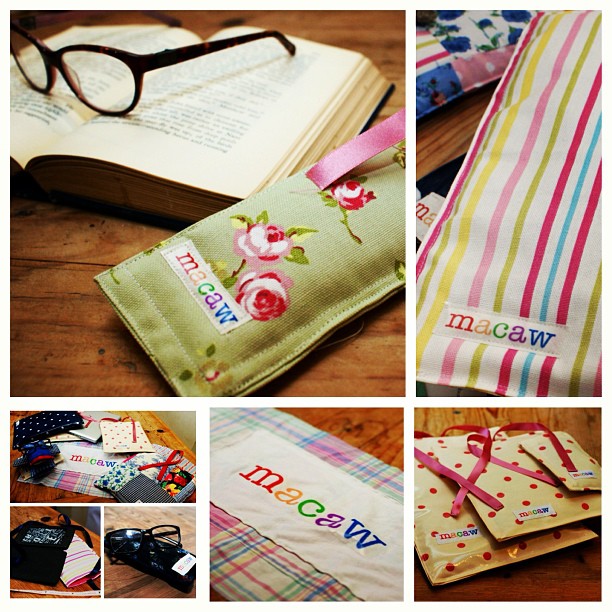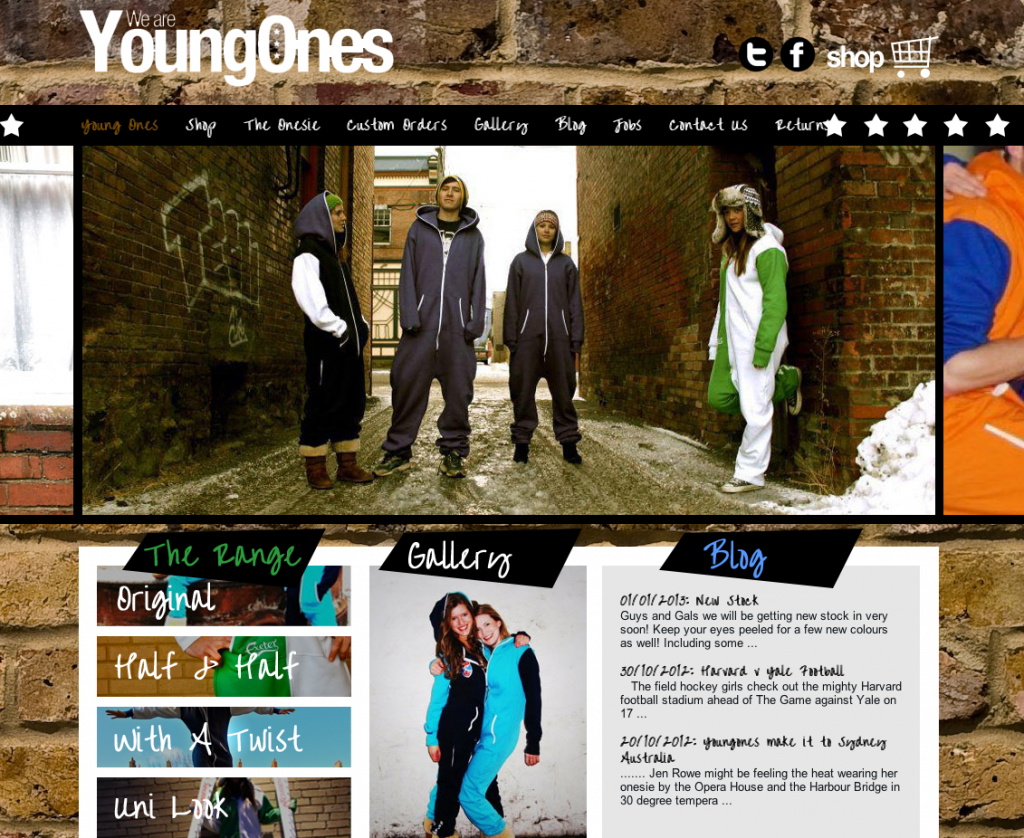Here it is, a progress update on my “eCommerce Website on a Shoe String” project. Just to recap, the motivation for this project came from observing many students at the university who were trying to set up retail businesses, with a substantial amount of their initial capitol been put into the creation on a eCommerce website – we are talking hundreds of pounds here, often thousands. We would be approached often at the Innovation Centre by clothing businesses, who claimed “we have a great product and a fantastic business model but we just need £1,000+ to build our website to market our product from – will you fund it?”. The answer was inevitably no.
Why? At the genesis of every business capital is tight; therefore an entrepreneurs ability to utilise this capital to its maximum effect on the business’s development is a sign of whether that business is going to be successful. The balance sheet of these students would often see hundreds of pounds spent on product development, tens of pounds on market research yet they wanted to spend thousands of pounds on a website! In some cases that is over 50% of a students entire investment into their business would be on their website, for the majority of retail businesses created at university this is an unnecessary and costly mistake. No imagine if 45% of that budget could be reallocated to (i) further product development (ii) additional market research – with the website/online sales platform accounting only for 5-10% of the businesses start up costs. Therefore, my challenge here is to create a eCommerce website on a shoe string budget – that is to make a fully functioning eCommerce website for just £75!
My last post on the project (20th April – Progress Update: CampusBoard) had seen me select name and product for my fictional eCommerce business – Mulberry Silk Pillowcase – then purchase the domain name (www.mulberrysilkpillocase.com) from a domain registers for £11.99. Then I moved to buy hosting for £2.49 per month – giving the start up costs so far as £14.48. The final step in my last update was to install WordPress, which is free, using their “Famous 5 Minute Install” – setting up a basic home page, with a little bit of content on it about my business.
Today we are going to look at how I developed this basic and standard WordPress theme into a fully functioning eCommerce website. The next step was to spend a little bit more of my £75.00 budget on purchasing a predesigned, WooCommerce compatible, WordPress theme. As mentioned before in this blog there are many free themes on WordPress that can be utilised to create your store, however, I think the price is reflected in the quality of the website designs and often customers can identify these websites as a WordPress template rather than your own store. This is a shame as for £30 – £50 you can get some outstanding templates that will look completely professional and standalone from the WordPress backend. After spending a good deal of time searching through different WordPress themes, all of which can be done by searching on Google, I decided that the Munditia Premium Coding Theme would most aptly reflect the general feel of the business. The cost price of this WooCommerce integrated theme was $60.00 or £36.89 – giving the total price spent on creating my eCommerce website as £51.37.
The process itself of purchasing a new theme and then uploading it to WordPress is quite simple. Firstly, pay for and download the theme of your choice onto your laptop then upload that to the WordPress Themes in your admin panel. You will then be able to select that theme as your theme of choice for your website. However, that really is the start of the process. Next, you will need to integrate all the compatible Plugins that the purchased theme specifies as necessary – primarily these Plugins will include WooCommerce, YITH WooCommerce Wishlist, WordPress SEO, Google XML Sitemaps, Contact Form 7, Broken Link Checker as well as others – that will facilitate the functionality of your website.
It is crucial to approach the downloaded theme as a paint-by-numbers canvas for you to build your website upon, so while the major structures of the website (number of partitions, element and widget location, website dynamics etc.) have been fixed for you there is still a great deal that you can edit to your own specifications. You don’t need to have a strong grasp of HTML to be able to achieve this, nor do you need to pay someone else to do it for you – read up, watch Youtube videos and ask for peoples advice in the multiple WordPress forums on the internet. To achieve the feel of the website that I wanted for my fictional product I started altering a number of the aspects of the original website – including changing theme colours from red to pink, altering the widget location and specification, removing aspects of the website I didn’t like (for example a pop up help box).
Of course all the changes thematically that you make on the website are intrinsically tied in to the customer journey that you wish to build for customers. Therefore, ascetic improvements must be in keeping with structural requirements that you have set out. For me, keeping a website simple is the key to success. The header menu denotes this sentiment, simply stating: Home, Shop, Benefits and About Us/Contact – with my customer journey always focused on ensuring that customers engage with shop, while being reassured by (i) the businesses credentials (About Us/Contact) and (ii) the benefit of the product (Home/Benefits).
The content, or copy as it is know, of your website is also an important factor in ensuring that your website and brand aline. You should both mirror your product and play to your target customer. I thought very carefully about the copy I wished to use on the website, knowing from my research that Silk Pillowcases tend to be bought by women as a luxury beauty product rather than an aid to more restful sleep. I hope that by reflecting and understanding the buyers motivation, communicated back to the customer through the content used on the website, will help improve potential sales. Moreover, to help gain these sales in the first place I would strongly suggest that every eCommerce website should run a blog as (i) it keeps your website looking fresh, updating regular clients to new developments (ii) helps increase traffic through the effect of the long search tail (Google it!) and (iii) makes you look like an authority in the field that you are selling within. Fulfilling this on the Silk Pillowcase website is the Silk Pillowcase Blog, in which I have already written three 300 – 800 word, original, quality posts (Types of Silk, Yuki Tsumugi Silk & Mulberry Silk) – that are the optimum types of post that you should be looking to upload.
Now that I have a fully functioning theme, with some good relevant content the next step will be to get the website there on a visual level – ensuring the all the images, page layouts and the dynamics of the website point towards my transaction goal. I would also need to begin to track the engagement new clients have on the website to understand how to continue to develop the website to best suit my target audience. I will explain how to do all of this in my next “eCommerce website on shoestring” post. Here at MGR Music Tuition this week has gone really well, launching Drum Lessons Bristol, Piano Lessons St Albans and Singing Lessons Aberdeen websites. It has been great to continue to expand the business both into new areas, such as St Albans, as well as tripling up in Bristol and Aberdeen with a third instrument on offer.
Posted under Clothing Companies, eCommerce Website On A Shoe String, New Project, SEiR
This post was written by
Deprecated: get_the_author_url is deprecated since version 2.8.0! Use get_the_author_meta('url') instead. in /var/www/html/wp-includes/functions.php on line 5213
Matthew Rusk on June 13, 2014
Tags: Clothing Companies, eCommerce Website On A Shoe String





